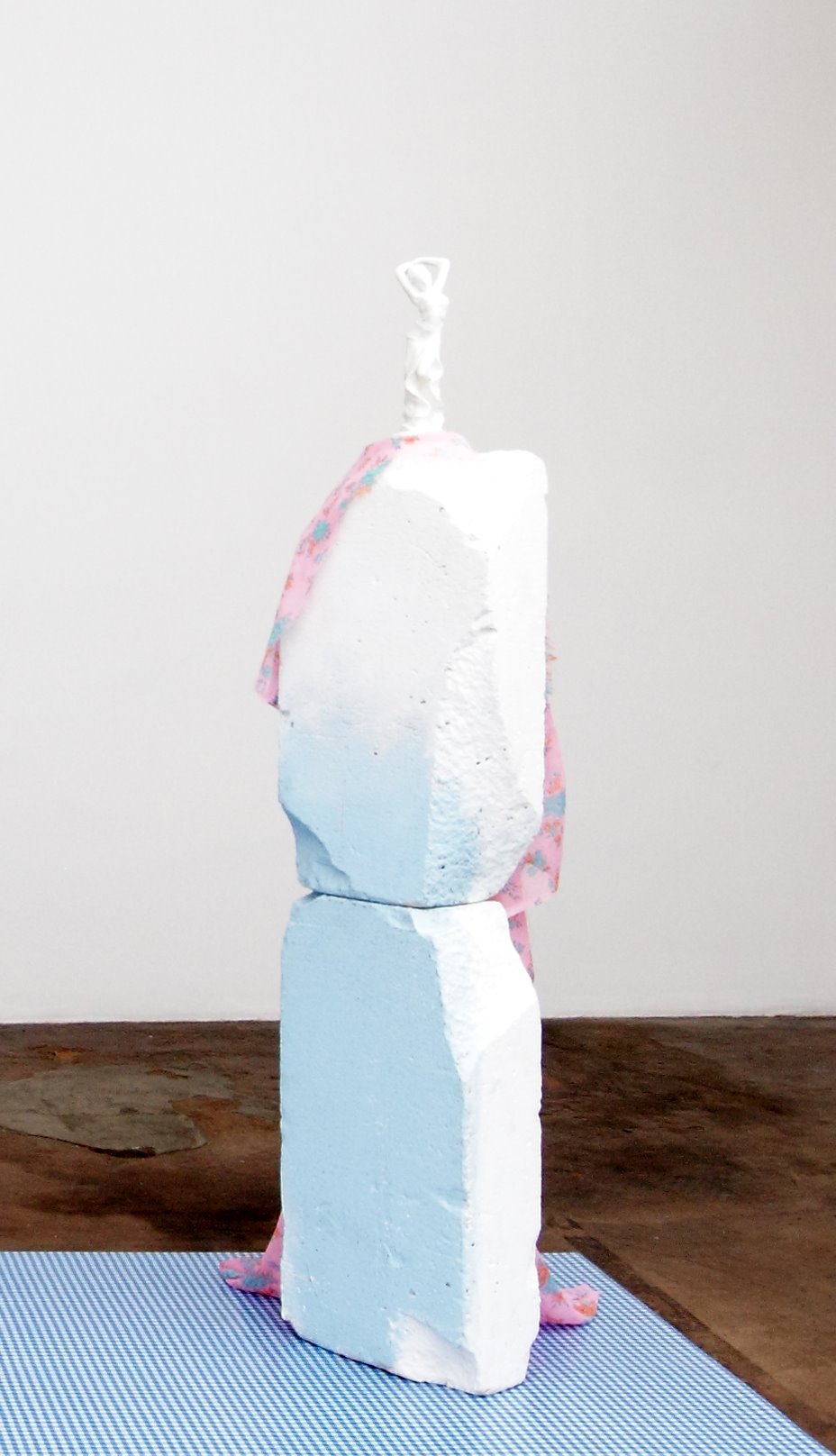


Catalogue Essay
by
Amita Kirpalani
Suck it.
Family is draining, and perhaps none more so than the family depicted in Roman Charity. The story of
Roman Charity was first detailed by Latin writer and historian Valerius Maximus’ 31AD magnum opus
Factorum et dictorum memorabilium libri ix (Nine Books of Memorable Deeds and Sayings). A mythology of
human virtues and vices, the collection of writing was intended for use in the schools of rhetoric. In the
Factorum Maximus tells the story of Cimon, who is imprisoned and condemned to death by starvation.
In an attempt to save his life, his daughter Pero visits him to provide succour by breastfeeding. In various
versions of the story rendered in paint, Pero carries a young child on her hip while her elderly, bearded father is attached to her breast.
This sexually dimorphic portrait of daughter who is also mother, and father who poses as child, is a yik-filled riddle of filial piety. To quote Margaret Atwood (a quote I was reminded of in Sara Polley’s film Stories We Tell – another story of familial dissonance and play-acting): “When you’re in the middle of a story, it isn’t a story at all, it’s a confusion”). An orgy of role-play the Roman Charity tale describes a complex partnership of interlinked physical compulsions and carnal desires, each characterised by a kind of hunger: filial love, loyalty, charity, guilt and ultimately deception. These needs twirl around the desire as sucking, providing succour, hunger, lactation and feeding. And the key cringe – or perhaps titillation – is the underlying depiction of sensual pleasure that sucking can elicit and provide.
Veronica Kent toys with plasticity and tactility within the exhibition Roman Charity. Kent’s broke Baroque-ery re-administers and re-imagines this portrait of Pero as the ‘eternal feminine’ where Pero’s body ticks all three (cough) boxes: erotic, birthing and nurturing. Within the exhibition space Kent has made a totem of this tale, literally stacking the referents. A small handmade sculpture of an Easter-Island-faced ‘dad’ is trapped in a glass case. A photo of actor Jeremy Irons cut from a magazine is draped with a sequined mesh and propped up by a coral claw with one half of an oyster shell embellishing its peak. Is this Kent chucking her (nice) undies at Mr Irons? Or perhaps this is Kent’s casting of a sparkly fantasy net, or fishing with a dreamboat dream-catcher? No matter; these elements break apart the notions of desire indicated in various other painted versions of Roman Charity. Kent reclaims and encodes, encouraging even further ontological shape-shifting and ha-ha within the story’s brouhaha, but through her own lens of feminine desire.
Within the exhibition space, blue and white no-place-like-home gingham covers part of the floor. Kent’s Roman Charity employs fabric – albeit more picnic than in the grand manner – to both hint at and hide. Like its Renaissance mould, each fabric fold signals another layer of desire or fantasy or potential groove for narrative twist. Desire lurks in each fold also as a kind of overt deception and visual cue for the body. Fuck me if you can.